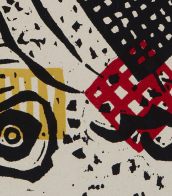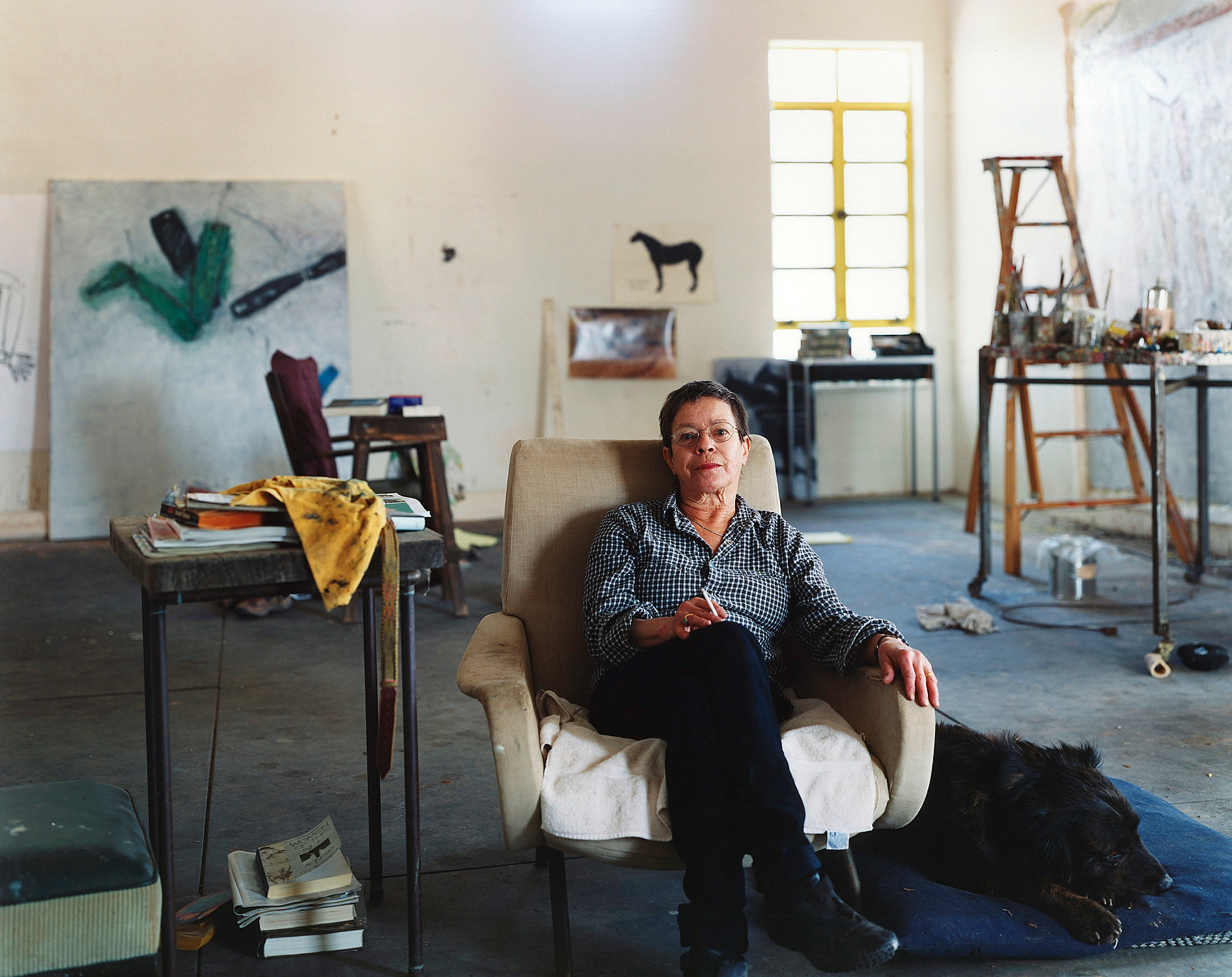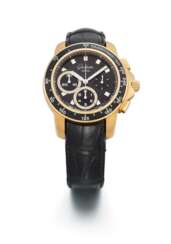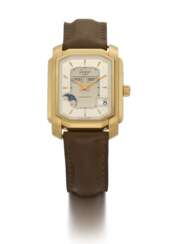in the original box.
.jpg)
Jacint Rigau-Ros i Serra, known in French as Hyacinthe Rigaud, was a Catalan-French baroque painter most famous for his portraits of Louis XIV and other members of the French nobility.


Theodor Schwann was a German cytologist, histologist and physiologist, author of the cell theory.
Schwann's most significant contribution to biology is considered to be the extension of cell theory to animals. Schwann extended Schleiden's theory of the cell as the basic unit of the plant world to animals. In 1839 Schwann published his seminal work on the general theory of the cell as the basis of life, Mikroskopische Untersuchungen ber die Uebereinstimmung in der Struktur und dem Wachsthum der Thiere und Pflanzen ("Microscopic Investigations on the correspondence in the structure and growth of animals and plants"). Schwann's theory can thus be regarded as the progenitor of the school of mechanistic materialism in biology.
Schwann also studied the formation of yeast spores and concluded that the fermentation of sugar and starch was the result of life processes. He also introduced the term metabolism to describe the chemical changes that occur in living tissues, defined the role of microorganisms in putrefaction, and formulated the basic principles of embryology, noting that an egg is a single cell that eventually develops into a complete organism.

Robert Motherwell was an American artist and painter, renowned for his significant contributions to the Abstract Expressionism movement. Born in Aberdeen, Washington, in 1915, Motherwell's work is celebrated for its expressive use of form and color, which he utilized to convey deep emotional and philosophical themes. His approach to art was both intellectual and deeply personal, making him a pivotal figure in 20th-century art.
Motherwell's dedication to exploring the relationship between philosophy, literature, and visual art set him apart from his contemporaries. He was not just an artist but also an articulate spokesman for the Abstract Expressionist movement, emphasizing the importance of spontaneity and the expression of the subconscious. His series "Elegies to the Spanish Republic" is among his most famous works, exemplifying his skill in using black and white to evoke powerful emotions and reflections on human tragedy and resilience.
His art is held in high esteem worldwide, with pieces displayed in major museums and galleries, including the Museum of Modern Art (MoMA) in New York and the Tate Modern in London. Motherwell's ability to blend abstract elements with profound thematic content has made his work enduringly relevant to both collectors and scholars in the fields of art and antiques.
For those keen on delving deeper into the world of modern art and Abstract Expressionism, Robert Motherwell's oeuvre offers a rich vein of exploration. His works not only encapsulate the dynamism and innovation of mid-20th-century American art but also provide insight into the intellectual and emotional depths from which they sprang. To stay informed about new sales and auction events related to Robert Motherwell, sign up for our updates. This subscription is a gateway to the vibrant and evolving market of art collecting, ensuring you never miss an opportunity to engage with the legacy of this monumental artist.


Michael Buthe was a German artist who lived and worked between Germany and Morocco. He exhibited widely throughout Europe during his life and is known for his eclectic and prolific oeuvre which encompasses painting, sculpture, and installation.


Günther Förg was a German painter, graphic designer, sculptor and photographer. His abstract style was influenced by American abstract painting.


Günther Uecker is a German sculptor, op artist and installation artist.


Theaster Gates is an American social practice installation artist and a professor in the Department of Visual Arts at the University of Chicago.
Gates' work has been shown at major museums and galleries internationally and deals with urban planning, religious space, and craft. He works to revitalize underserved neighborhoods by combining urban planning and art practices. Gates' art practice responds to disinvestment in African-American urban communities, particularly in the wake of the financial crisis of 2007-2008, addresses the importance of formal archives for remembering and valuing Black cultural forms, and disrupts artistic canons, especially those of post-painterly abstraction and color field painting.


William Dunlap was an American playwright, theater director, artist, and historian.
William Dunlap was a pioneer of the young country's theater. He directed two of New York City's earliest and most famous theaters, the John Street Theater and the Theater in the Park. During his lifetime he directed over sixty plays, most of which were adaptations or translations of French and German works. But among them were some original ones based on American themes with American characters.
In 1832 Dunlap published A History of the American Theater in two volumes. In 1825, Dunlap co-founded the National Academy of Design and taught at its school. Even today, Dunlap is best known for his encyclopedic three-volume History of the Origin and Progress of the Art of Design in the United States. The book was published in 1834 and is now an invaluable source of information about artists, collecting, and artistic endeavors in the country of that historical period.












































































